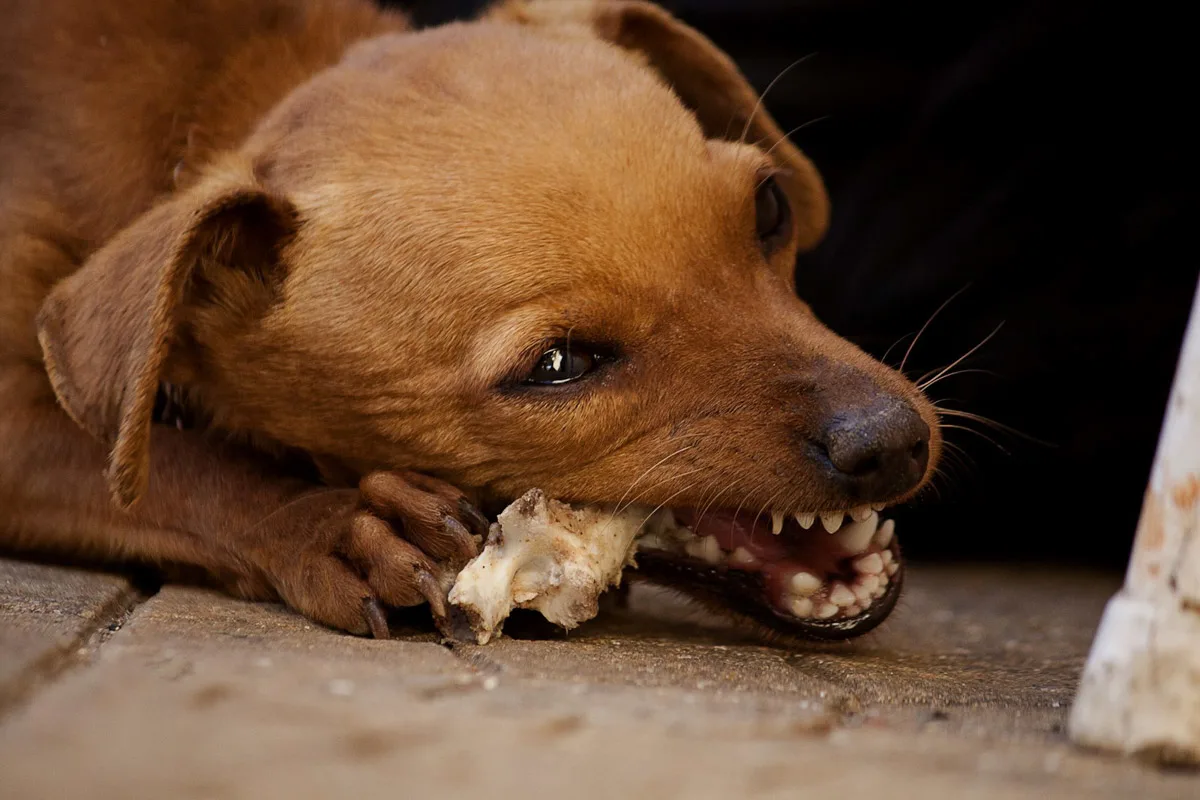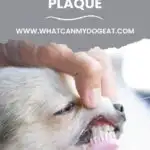We all adore our dogs, especially when they flash us those bright-eyed looks accompanied by tail wags and a gleaming smile. But are you ensuring that behind that adorable grin lies a set of healthy teeth? Plaque buildup in dogs can lead to dental issues, just as it can in humans. This guide will walk you through the how to remove dog plaque and why it’s important.

Why Dog Plaque Removal is Crucial
Plaque is a sticky, colorless film of bacteria that forms on teeth. If not addressed, plaque can harden into tartar, leading to gum disease, bad breath and even tooth loss. Beyond oral health, bacteria from untreated dental diseases can spread to other parts of your dog’s body, affecting their heart, kidneys, and liver. Dental disease can also impact the bite force of protection or police dogs.
Effective Dog Plaque Removers
There are a variety of options when it comes to removing plaque from your dog’s teeth. Which method you choose will depend on your dog’s disposition, how well trained they are and your preference.
- Dog Toothbrush and Toothpaste: Just like us, brushing your dog’s teeth is the most effective way to remove plaque.
- Tip: Use a toothpaste specifically designed for dogs; many human toothpastes can be toxic to our furry friends because they can contain xylitol. Also, toothpaste designed for dogs is typically flavored to mimic something pleasant to the dog such as chicken.
- Dental Wipes: These are designed for dogs and can be an alternative or supplement to brushing. They’re particularly useful for dogs who resist a toothbrush.
- Dental Chews and Toys: While not a replacement for brushing, some dental chews and toys are designed to reduce plaque buildup.
- Tip: Always supervise your dog with chews to prevent choking. Looking for a real food alternative to dog dental chews? Raw chicken feet can act as a natural dental chew and are excellent at promoting dental hygiene for your dog.
- Professional Cleaning: Sometimes, the plaque turns into tartar, which is difficult to remove at home. Regular professional cleanings by a vet can help. However, this process can come with risks. A study published in the NIH highlights the risk of anesthetic mortality in dogs.
- Dietary Choices: Specially formulated dental diets can help reduce plaque and tartar formation. Consult your vet for recommendations.
- Natural Remedies: Coconut oil has antibacterial properties and can be used as a plaque remover. Likewise, crunchy veggies like carrots, jicama and radishes can act as natural teeth cleaners. If you have ever tried to brush the teeth of Belgian Malinois police dog you quickly realize that a natural remedy is preferred. My favorite healthy and happy way to remove plaque is by treating my furry buddy to an uncooked beef soft bone. A small local raw pet food manufacturer called RAWganics is where I purchase them locally. They come frozen in a box and I give my dog one every other month or so as needed when I start to see plaque build up. I let him chew it supervised outside in the yard which takes him about 10-20 minutes depending on the size of the bone. You will be amazed at how clean a dog’s teeth get from soft beef bones.

Establishing a Routine
It’s essential to make dental care a regular routine.
- If you choose to go the toothbrush route, start slowly by introducing your dog to the toothbrush and toothpaste. Use positive reinforcement with treats and praise just as you would when you start cutting black dog nails.
- Aim to brush your dog’s teeth daily or at least several times a week.
- Schedule regular check-ups with your veterinarian to monitor your dog’s oral health.
Conclusion
Achieving a sparkling canine smile isn’t just about aesthetic appeal; it’s an integral part of your dog’s overall health. By paying attention to dental hygiene and using an effective dog plaque remover, you’re taking steps towards a healthier, happier life for your dog. The next time your furry friend grins at you, you’ll have even more reason to smile back!

